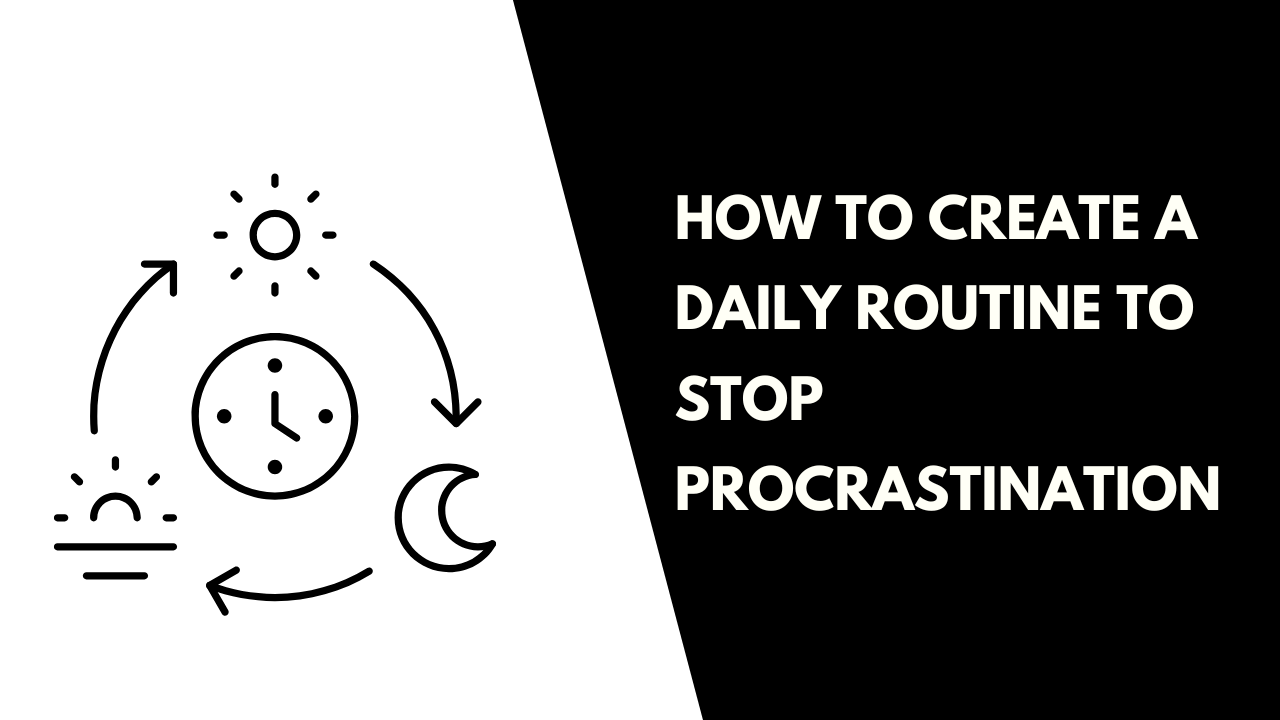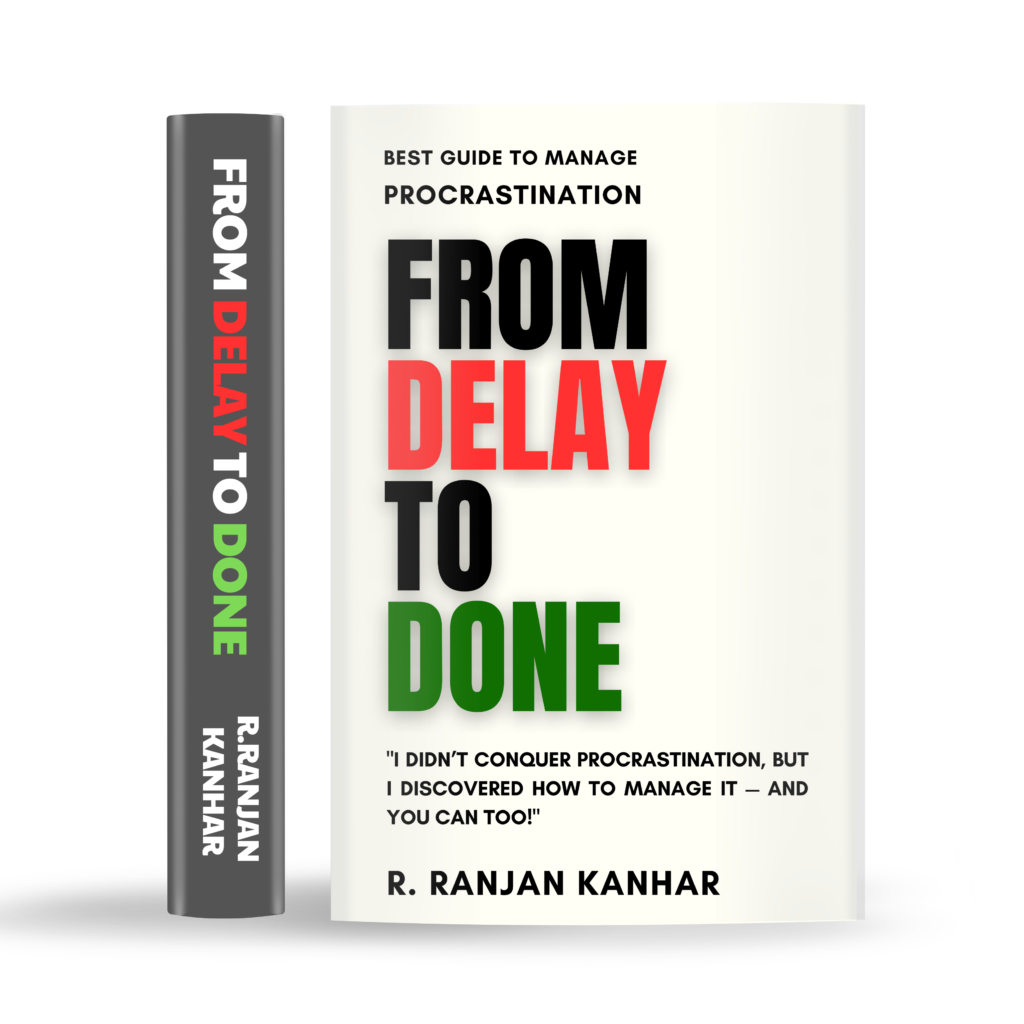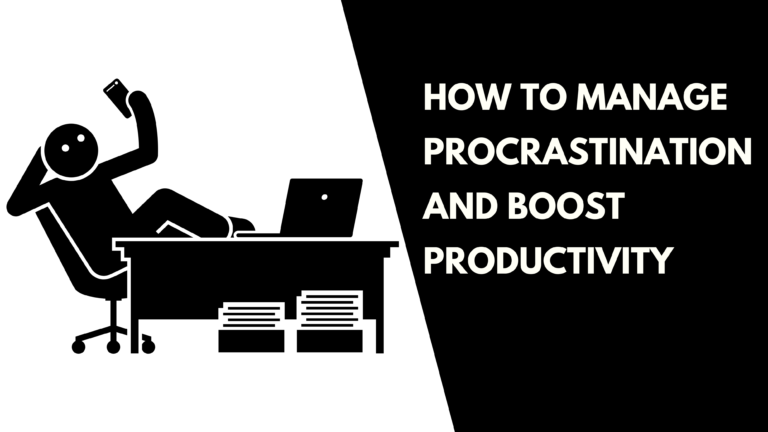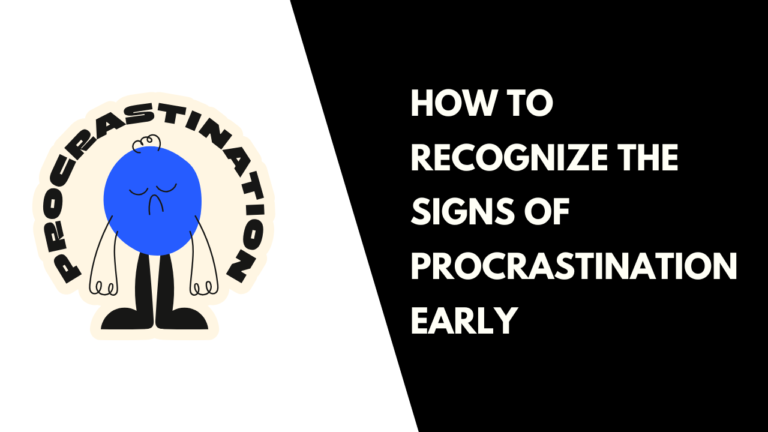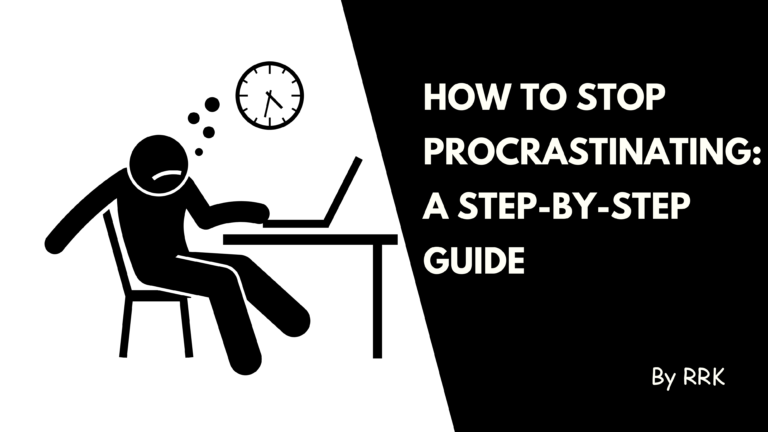How to Create a Daily Routine to Stop Procrastination
How to Create a Daily Routine to Stop Procrastination
Procrastination is the thief of time, stealing away opportunities, progress, and peace of mind. If you find yourself constantly deferring tasks until the last minute, you’re not alone. The good news is that a structured daily routine can serve as a powerful weapon against procrastination. In this blog post, we will explore actionable strategies for building a Daily Routine to Stop Procrastination that works for you. Through real-life examples and insights, we’ll dive deep into creating habits that lead to sustained productivity.
Table of Contents
ToggleUnderstanding the Root of Procrastination
Before we dive into crafting a daily routine, it’s crucial to understand why procrastination happens. Common causes include:
Fear of failure: Avoiding tasks because of the anxiety of not meeting expectations.
Perfectionism: Waiting for the “perfect moment” to start or finish.
Lack of clarity: Not knowing where to begin or what the end goal is.
Overwhelm: Feeling paralyzed by the sheer volume or complexity of tasks.
A well-designed Daily Routine to Stop Procrastination can address these root causes by providing structure, clarity, and momentum.
The Science Behind Daily Routines
Research shows that habits and routines free up mental energy. Instead of constantly deciding what to do next, routines allow you to operate on autopilot for repetitive tasks, leaving you with more brainpower to focus on high-priority work. For instance, if you begin your morning knowing exactly how your day will unfold, you’re less likely to waste time scrolling through social media or indulging in distractions.
Step-by-Step Guide to Creating a Daily Routine to Stop Procrastination
1. Start with Clear Goals
Every successful routine begins with defining what you want to achieve. Take 10 minutes each evening to write down your top three priorities for the next day. This provides clarity and a sense of direction.
Example: Imagine you’re a college student struggling with procrastination. Your goals for tomorrow could be:
Complete a draft of your essay.
Review notes for the upcoming exam.
Spend 30 minutes on physical exercise.
Having a clear to-do list helps you wake up with a purpose, reducing the temptation to delay tasks.
2. Design Your Ideal Morning Routine
Mornings set the tone for the rest of the day. A purposeful morning routine can jumpstart productivity and combat procrastination.
Actionable Tips:
Wake up at the same time every day. Consistency regulates your body clock.
Avoid your phone for the first hour. This minimizes distractions.
Incorporate small wins. For example, make your bed, drink a glass of water, or meditate for five minutes.
Example: Sarah, an entrepreneur, struggled with starting her day. She decided to create a simple morning routine:
Wake up at 6:30 AM.
Meditate for 10 minutes.
Write down her three main tasks for the day.
Exercise for 20 minutes. By completing these steps, Sarah feels accomplished before her workday even begins.
3. Time Blocking for Focus
Time blocking involves assigning specific hours to specific tasks. This method eliminates decision fatigue and ensures you’re dedicating time to your priorities.
How to Time Block:
Break your day into chunks: Morning, afternoon, and evening.
Assign tasks to each chunk based on their importance and your energy levels.
Include breaks to recharge.
Example: James, a software developer, uses time blocking:
9:00 AM – 11:00 AM: Write code for the new project.
11:00 AM – 11:15 AM: Break.
11:15 AM – 12:30 PM: Team meeting and emails.
12:30 PM – 1:30 PM: Lunch and relaxation. By adhering to this structure, James avoids multitasking and stays on track.
4. Use the Power of Mini Deadlines
Large tasks can feel overwhelming, leading to procrastination. Break them into smaller, manageable steps and set mini deadlines for each.
Example: If you’re writing a report due in a week, your mini deadlines could look like this:
Day 1: Outline the structure.
Day 2: Research and gather data.
Day 3: Write the introduction and first section.
Day 4: Draft the remaining sections.
Day 5: Edit and finalize.
This approach prevents last-minute panic and ensures steady progress.
5. Incorporate Accountability
Accountability can motivate you to stick to your daily routine. Share your goals with a friend, mentor, or even a productivity app.
Example: An office employee, Priya, joined a weekly accountability group where members shared their top goals. Knowing she had to report her progress kept her motivated to follow her routine.
6. End Your Day with Reflection
An effective daily routine doesn’t stop when the workday ends. Dedicate 10-15 minutes to review your accomplishments, identify areas for improvement, and plan for the next day.
Reflection Prompts:
What did I achieve today?
What challenges did I face?
How can I improve tomorrow?
Example: Rohan, a freelance graphic designer, uses a journal to reflect every evening. This practice not only keeps him organized but also boosts his confidence as he tracks his progress.
Overcoming Common Challenges
Distractions:
Keep your phone on silent or in another room during work sessions.
Use website blockers to avoid time-wasting sites.
Lack of Motivation:
Start with the easiest task to build momentum.
Reward yourself after completing a challenging task.
Inconsistency:
Set reminders or alarms for key tasks in your routine.
Don’t aim for perfection; focus on showing up daily.
Real-Life Transformation: A Case Study
Meet Ankit, a 35-year-old marketing professional. Procrastination had derailed his career growth and personal life. After reading about the benefits of a Daily Routine to Stop Procrastination, he decided to implement the following:
Morning Routine: Waking up at 7:00 AM, meditating, and journaling.
Time Blocking: Allocating focused work periods for priority tasks.
Accountability Partner: Checking in with a colleague weekly.
Reflection: Journaling his wins and lessons every night.
Within three months, Ankit reported significant improvements in his productivity and stress levels. His ability to meet deadlines and stay organized boosted his confidence and earned him recognition at work.
Final Thoughts
Creating a Daily Routine to Stop Procrastination is not about perfection; it’s about progress. Start small, experiment with different strategies, and adapt your routine to fit your unique needs. Remember, consistency is the key to overcoming procrastination and unlocking your full potential.
What steps will you take today to create your daily routine? Share your thoughts in the comments below!
“Stop postponing your dreams! From Delay to Done is your ultimate guide to conquering procrastination. Grab your copy today on Amazon!
